Today, we live in the ‘Urban Anthropocene’. This expression combines the global trend towards urbanization and the neologism ‘Anthropocene’, the term an ecologist would be forced to use these days to describe Homo sapiens as the key structuring species that could determine, alone, the fate of Earth’s life forms. For better or worse, it’s become clear that the way this strange species grows, and accelerates the cycles of nature to serve its own needs, will define whether the planet will evolve towards greater diversity and relative stability (a recurrent association in past human history), or loss of ecological balance and (quite well defined scientifically) significant loss of biodiversity, as has happened a few times over the last 4 billion years. Likewise, an ecologist would agree that this species is highly gregarious and, since 2007, its majority concentrates in sprawling and increasingly vertical self-constructed settlements that consume natural goods and services such as food, water, temperature regulation and many others brought from increasingly distant places through the use of energy from fossil fuels, but also foster innovation and creativity, and can lead to economies of scale at an unprecedented level. The future of the Earth is defined by the future of urban settlements. Thus, what is the best way to try to govern the Urban Anthropocene? Is the present structure of the United Nations (UN) up to the task of helping its peoples in the governance challenges we have in the years ahead?
Certainly we need a global legitimate organization like the UN to support the coordination of global efforts. But this is not enough. Global efforts will have impacts on the ground only if we have good local governance in a significant large number of localities. Thus, understanding the mechanisms governing urbanization, arguably as the largest human movement in history, is key to protecting the global environment, and for global politics and governance systems. Just as the UN needs to change to accommodate the new global “aid architecture” resulting from the enduring economic crisis and the increasing influence of “BRICS+” countries (Brazil, Russia, India, China, and South Africa, expanded to include other emerging economies such as, but not limited to, Mexico, Turkey and Indonesia), it should also change and adapt to a world where “networked” local and subnational levels of action and governance are increasingly becoming determinants for success in sustainable development. Decision makers in cities are the nerve cells (in an organism), or the genetic replication/transcription systems (in cells) of human impact on land and nature in all scales.
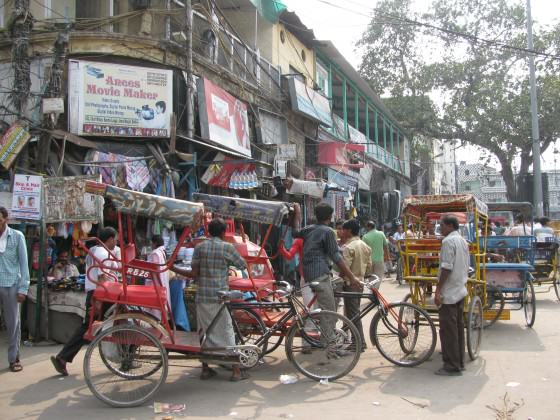
Particularly after reading all the articles on this blog, we would also need to recognize that the governance of many of the relevant processes defining which way we go as a species reside in the interstices between many levels of governance, with emphasis on the urban level where most of us live. It won’t be hard to find recent official UN language with what are today accepted “soundbites”: national governments cannot walk the talk of sustainability alone; the creative energy of cities, and the process of urbanization itself, are determining forces in our future. The recent movement for an entire Sustainable Development Goal (SDG) on urban settlements is just its latest symptom, as are statements like “the campaign for Life on Earth will be won, or lost, in cities”. Several of the Convention on Biological Diversity (CBD) Addis Ababa Principles and Guidelines for Sustainable Use of Biodiversity (notably 1, which speaks of the need for congruence between national and subnational levels of government; 2, addressing the empowerment and accountability of local players; and 7, speaking about the need for coherence in governance levels and the scales of use and impact) indicate that the decentralization of governance should be compatible with mandates and capacity to address issues.
Is the UN doing enough to accommodate this clear trend? How creatively, urgently or constructively are players discussing such an essential issue? What are the main challenges for increased cooperation in the UN with subnational and local authorities? Well, in principle the answer is that there is increasing participation and awareness, and that decentralization of decisions and responsibilities are happening by global trend, independent of politics. Still we dare say that the evolution towards a more realistic distribution of decisions and responsibilities is happening much quicker at national than at regional and/or global (i.e. UN) levels. And concretely, the current official UN representation of subnational and local governments is clear: other than those parallel events (such as the CBD’s City and Subnational Governments Summits, informal discussions platforms, partnerships with associations or Plans of Actions like the CBD’s – exceptions as we know), there’s not much progress. Some provocative local councillors we know would point to the need for something akin to “taxation with representation” in the UN.
In recent work, we have also become aware of the following points (not yet scientifically proven for all levels, but compiling evidence for this could be a decent enough challenge):
a) Local and subnational governments are not civil society groups (or major groups in the UN jargon), nor should their associations be called NGOs, as sub-national and local authorities represent governments: political and administrative organizations legitimated by their own people through their national political system. Clearly they have special mandates complementary to those of national and federal governments. Indeed they are best placed to control crucial issues such as watershed management and land-use zoning, business, infrastructure and housing development, regulation and enforcement, and coordination of efforts in participation, communication, education, and awareness raising of citizens. States/Provinces are natural landscape managers (watersheds, forests, mosaics of different land uses like Biosphere Reserves or Regional Natural Parks usually are managed and financed by subnational and local governments), and have a mandate for coordinating actions by municipalities. As such, local and subnational governments should be given an appropriate position in UN-level negotiations, at least at the status of “special partner”. If SIDS, LDCs and ILCs have already been granted special status in some multilateral agreements, why not parts of governments themselves, through the use of creative arrangements that preserve UN member States’ sovereign mandates and UN protocol?
b) National budgets are formed, and executed, to a significant degree, by local and subnational authorities. Indeed, a graph of public procurement in anything (the largest budget allocations, such as housing/infrastructure development, salaries and/or education/health, but also much smaller ones like biodiversity or protected areas) across governance levels would look something like a cone with its point at the top (i.e. large amounts of taxes are collected by or at the jurisdiction of subnational/local levels, such as VATs and some income, and then transferred to federal accounts). While the role of national governments is clear in setting UN and global parameters and policies and negotiating in the international arena on environment and development issues like biodiversity, large part of all global expenditures are actually made at the local level (and expenditures could be correlated with activity levels). Many sub-national governments have access (through an endorsement at national level) to grants and loans from international organizations. The same will probably be found to apply to law enforcement, CEPA and capacity building, among other topics.
Those challenges are not easy. First, the sheer scale of coordination and capacity building tasks is daunting. There are around 1 million mayors and something like 50,000 governors, not to speak of various other public executive categories (relatively autonomous regions, counties, local-level associations, dependencies and territories, overseas islands, etc.), but only around 200 UN member States. Then, of course, even if such capacity could be fully supported, local/urban governance is a necessary, BUT NOT SUFFICIENT condition for moving localities to more sustainable development, as national governments would still hold important responsibilities in the constitution of many countries — and their own capacity to coordinate with thousands of local authorities is not assured…
Second, we are clearly as far from good governance at local level as we are at national scale, particularly in developing countries. We need to recognize that the UN has well-known challenges in governance and efficiency itself. Most of the agencies are underfunded (UN Habitat in particular) for their mandates. In fact, global governance through the UN is always limited by design: no national government wants the UN to step beyond their sovereignty, nor could they accept equal voting right for subnational authorities responding to strict mandates at national level (negotiations in IUCN on subnational vote a couple of years ago are a good example). Furthermore, Brazil, for instance, has around 5,500 municipalities, yet arguably much less than a fifth are institutionally strong and viable to be financially independent with the present institutional arrangements. Even successful efforts like the CBD Global Partnership on Subnational and Local Action for Biodiversity, or ICLEI and UCLG involve only a minority of local authorities, may be even a few hundreds or thousands, well under 1% of the whole. On the other hand, the UN, just like all governments, is like that old VW beetle some of us still have at least in memory: it’s not perfect, may even have serious problems, but in general we know how to fix it and anyway it’s all we’ve got to travel a long trip. So improve it we should, and must.
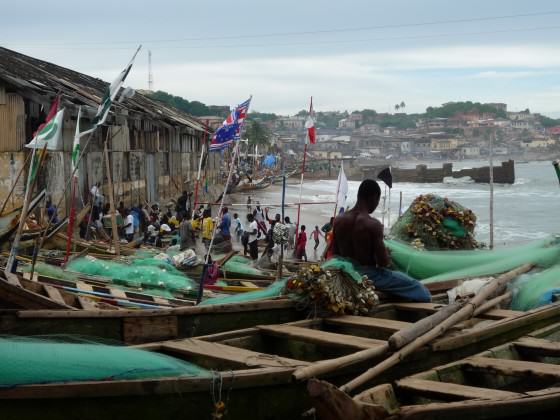
What can be done?
The power of coordinated efforts, even if at limited level, is overwhelming. Naturally, cities and States converge in the UN through two “kinds” of networks: coherent “coalitions of the willing”, engaged “locomotive” minorities proposing ways ahead and pilot projects (networks, ICLEI, etc.) and wider, more representative (and thus less focused) networks such as UCLG, who are more consultative and generally react when one or two issues impact MOST of the members enough to generate consensus for action. By involving them more broadly and institutionally in the UN according to their mandate, we can advance on what we call a more decentralized (i.e. “polycentric”) approach. We can design parallel interfaces of negotiation. Different territories have different institutions in place that could be made more effective for the changes we want, but for that we need to “couple” our UN-level efforts with those of non-UN institutions that are already on the ground to support them in their efforts in the best way we can. We could also focus on improving the spending effectiveness of international aid further through increased substantive, if not financial, contributions of subnational and local governments including coordination with, and recognition of, the impressive amounts of decentralized cooperation already underway. Given that the UN’s reform will be slow and funding will never be enough to address all challenges, what innovative ideas can we propose for the likes of ICLEI (i.e. coalitions of leading and innovative local authorities on sustainable development issues) to break through the “International donors-national governments” limits more efficiently for the benefit of all?
We could go even further. In the late 1910s, organized labor and the “spectre that haunted Europe” (representing a growing power of employed consumers increasingly aware of their role as citizens) contributed to an innovative arrangements in the International Labor Organization (ILO), today a “tripartite” organization in which labor and business are equally represented with national authorities. The World Tourism Organization (UNWTO) has tourism businesses and their associations as associate members. How could we strengthen the relevant UN agencies (more strategy, planning and policy-focused like UN-HABITAT but also implementation-centered like UNDP) institutionally, in their current cooperation levels with subnational players? How could we adapt and build on the still limited examples of subnational involvement in the CBD and Ramsar towards all of the world’s hundreds of multilateral environmental agreements?
Our perception is that if the member countries of the UN do not seize the opportunity and energy of involving subnational and local governments in global UN governance, parallel (and often not well coordinated) processes risk taking the limelight, a kind of “shadow UN” of subnational and local authorities. And we could do much better to avoid this, with benefits to all. We look forward to 2014, with the CBD COP 12 in the Republic of Korea and its Summit of cities and subnational governments, with the World Urban Forum in Medellin, Colombia, and the HABITAT III process, and we look forward to a much stronger subnational component for the formulation and implementation of the UN’s Sustainable Development Goals, all to improve the governance of our Urban Anthropocene.
Oliver Hillel & Jose Puppim
Montreal
about the writer
Jose Puppim
Jose A. Puppim de Oliveira is a faculty member at FGV (Fundação Getulio Vargas), Brazil. He is also Visiting Chair Professor at the Institute for Global Public Policy (IGPP), Fudan University, China. His experience comprises research, consultancy, and policy work in more than 20 countries in all continents.


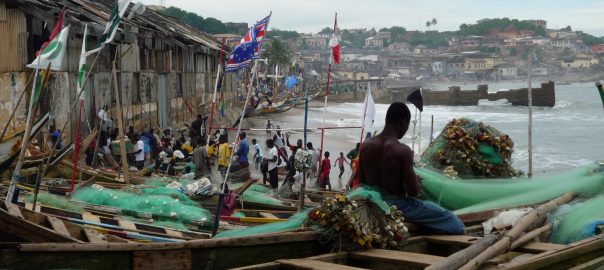
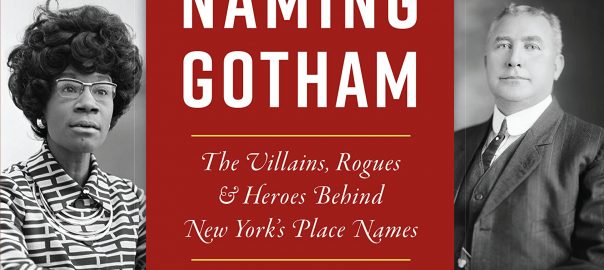
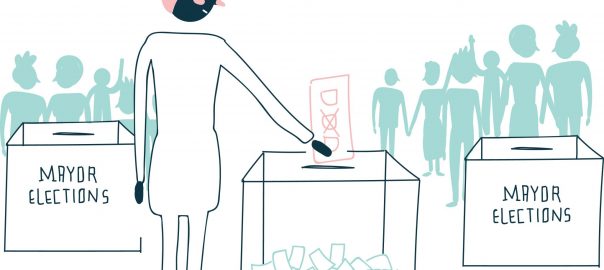

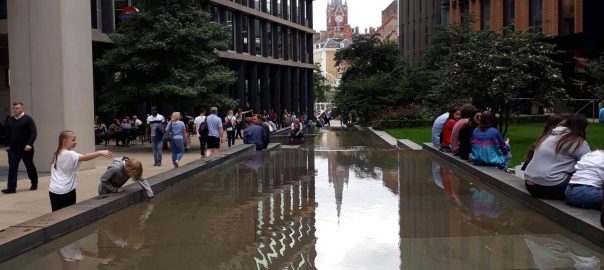
Leave a Reply